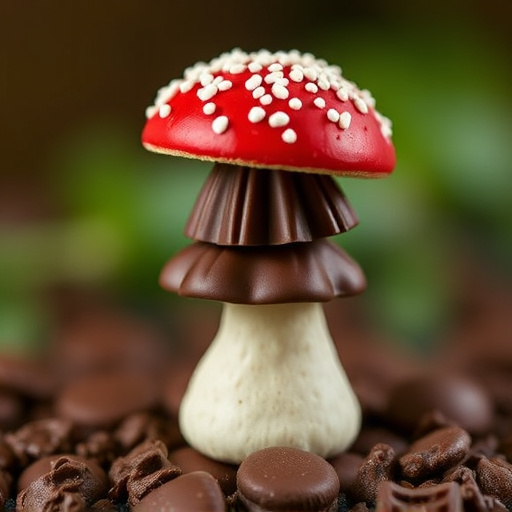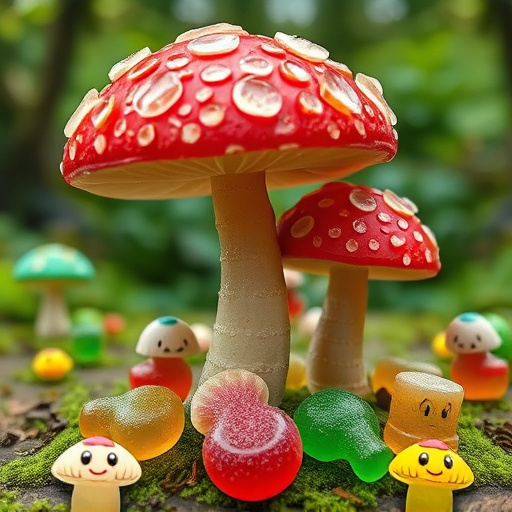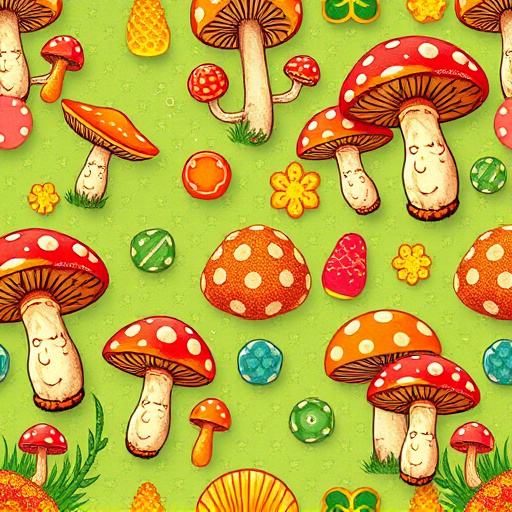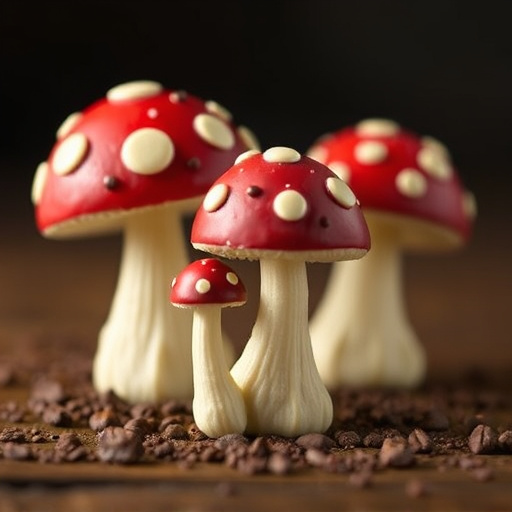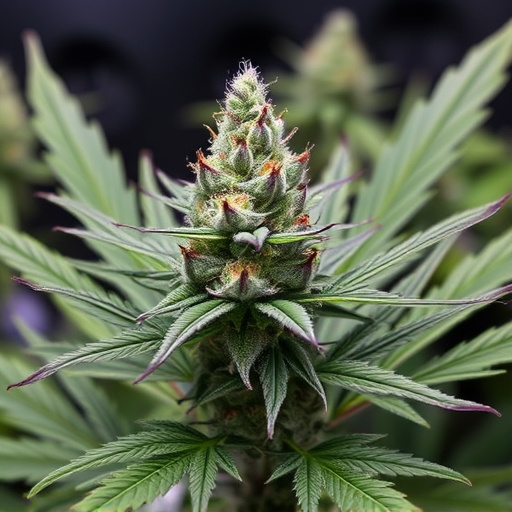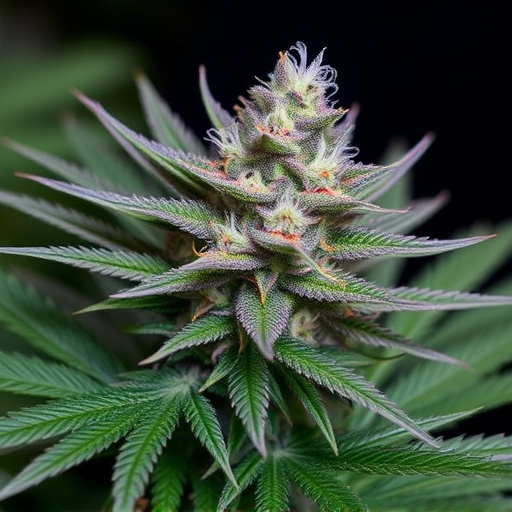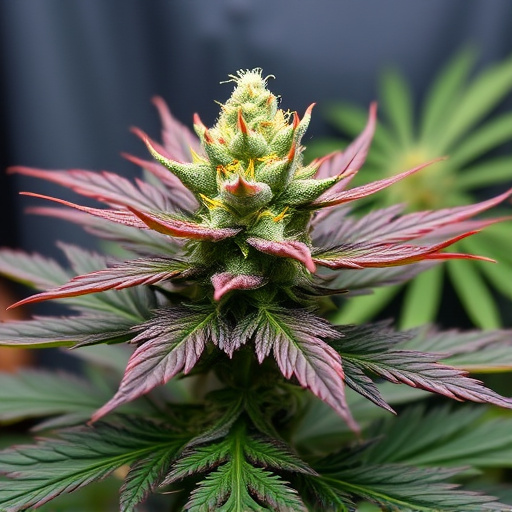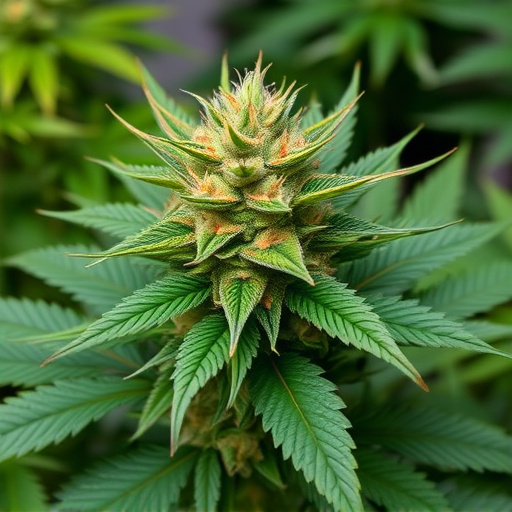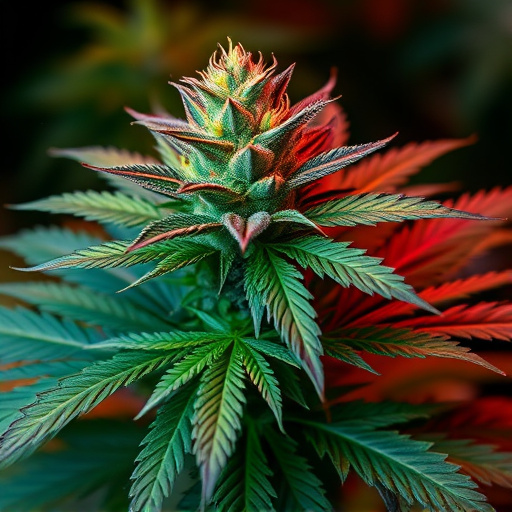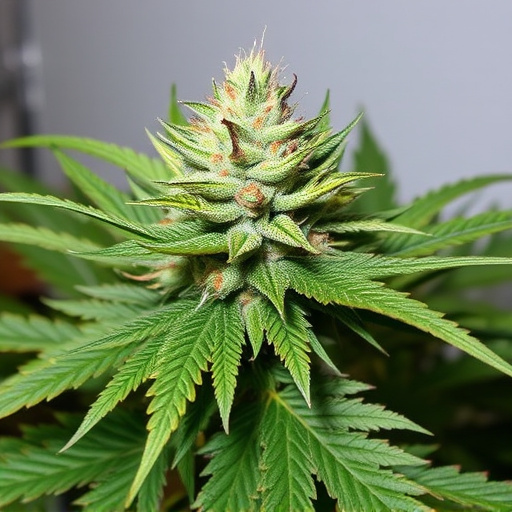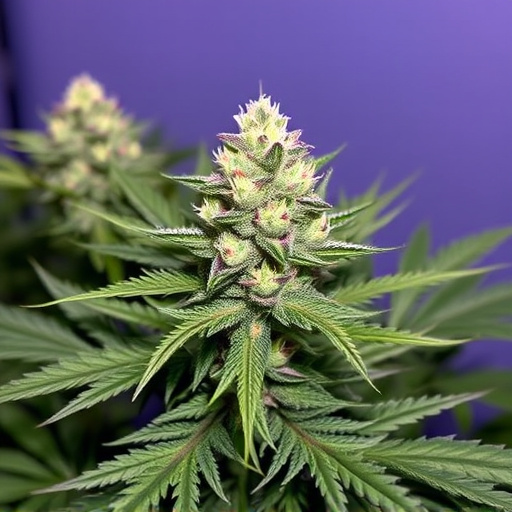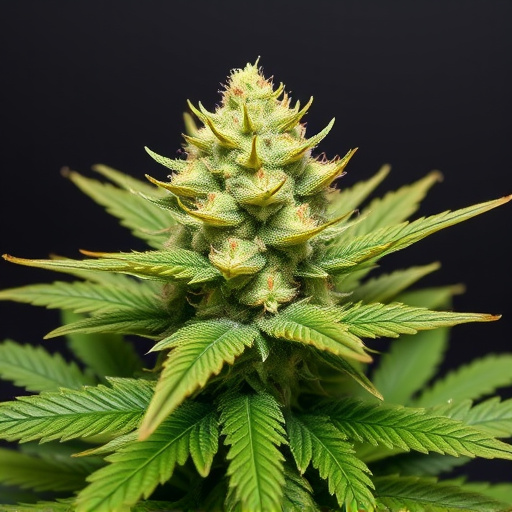The genetic composition and cannabinoid profiles of cannabis strains, including popular "best-looking" varieties, significantly affect the duration and intensity of their effects. High THC levels induce euphoria but may increase anxiety, while CBD-rich strains offer a calmer, longer-lasting high without intense psychoactivity. Individual metabolisms, tolerances, and environmental factors like lighting, temperature, humidity, and consumption methods also influence the length and type of high experienced, with Sativa and Indica strains offering distinct effects. Understanding these variables is key to navigating the diverse experiences offered by different cannabis varieties, including those prized for their visual appeal.
“Unraveling the duration of a cannabis high involves exploring a complex interplay of factors. In this article, we delve into the science behind what makes stoned feelings vary from moment to moment. From the genetic composition and cannabinoid profiles of different strains, to individual metabolism, tolerance, and even environmental influences—these elements shape how long a ‘high’ lasts.
We also examine popular consumption methods, providing insights on how users can optimize their experiences with the best-looking cannabis strains.”
- Genetic Composition and Cannabinoid Profile
- Individual Metabolism and Tolerance
- Environmental Factors and Consumption Methods
Genetic Composition and Cannabinoid Profile

The genetic composition and cannabinoid profile of a cannabis strain play a significant role in determining the duration and intensity of its high. Different strains exhibit unique combinations of cannabinoids, such as THC (tetrahydrocannabinol) and CBD (cannabidiol), which are responsible for producing various effects on the user’s mind and body. The best-looking cannabis strains, often prized for their desirable visual characteristics, may also offer more nuanced experiences due to their carefully curated genetic backgrounds.
Each strain’s genetic makeup contributes to its specific cannabinoid ratios, influencing how quickly and how long the high sets in. High THC levels are generally associated with more potent and prolonged euphoria but can also increase anxiety in some users. In contrast, CBD-rich strains may produce a calmer, clearer high that lasts longer without the same level of psychoactive intensity. Thus, understanding a strain’s genetic composition and cannabinoid profile is key to navigating the diverse experiences offered by different cannabis varieties, including the best-looking ones.
Individual Metabolism and Tolerance
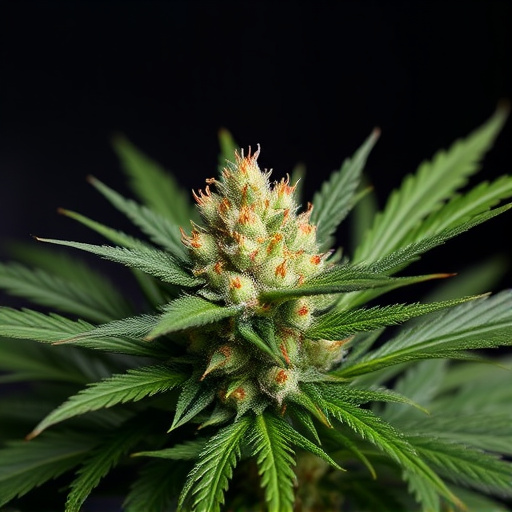
Every individual’s body metabolizes cannabis differently, which significantly impacts the duration of their high. This variability is largely determined by one’s metabolism and tolerance. People with faster metabolisms tend to experience shorter highs, as the active compounds, THC and CBD, are processed and cleared from their systems more rapidly. On the other hand, those with lower tolerances might feel the effects for longer periods due to slower metabolism, allowing cannabinoids to bind to receptors for an extended time.
Furthermore, regular cannabis users develop a higher tolerance, which can lead to shorter highs over time. Tolerance builds up as the body becomes accustomed to the presence of THC and other compounds. New users or those who consume less frequently may find that they feel the effects of certain strains, especially high-THC varieties considered among the best looking cannabis strains, for an extended period, often described as a more intense yet shorter-lived high compared to their tolerance-built peers.
Environmental Factors and Consumption Methods
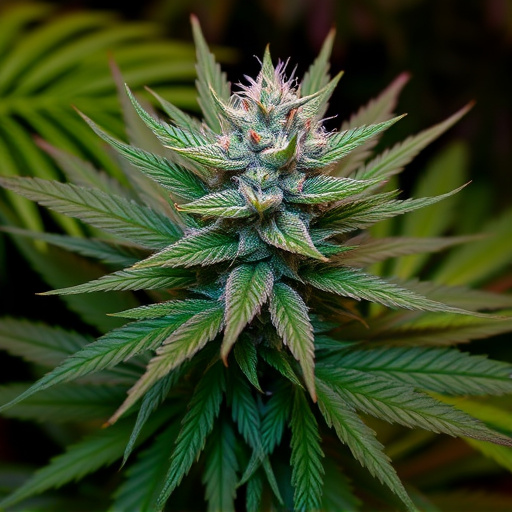
The duration of a cannabis high can be significantly influenced by environmental factors and consumption methods. Lighting, temperature, and humidity levels in an environment can impact how quickly cannabinoids like THC are metabolized, affecting the intensity and longevity of the high. For instance, optimal conditions—bright light, moderate temperatures (around 21-24°C), and controlled humidity—can prolong the effects of cannabis by slowing down the body’s absorption rate.
Consumption methods also play a crucial role in determining how long a high lasts. Edibles, for example, typically produce longer-lasting highs than smoking or vaping because they are metabolized slowly through the liver. The type of cannabis strain, often considered when discussing the best looking cannabis strains, matters too. Sativa strains tend to induce more energetic and cerebral effects that may last longer, while Indica strains offer a more relaxing and sedative high that usually subsides faster.
Understanding the factors that influence cannabis high duration is key to maximizing enjoyment and tailoring experiences to individual preferences. From the genetic composition and cannabinoid profiles of different strains, often considered the best looking cannabis strains for their visual appeal, to personal metabolism and tolerance, each plays a unique role. Additionally, environmental factors and consumption methods can significantly impact how long effects last. By considering these aspects, users can better navigate and enjoy the diverse world of cannabis.
